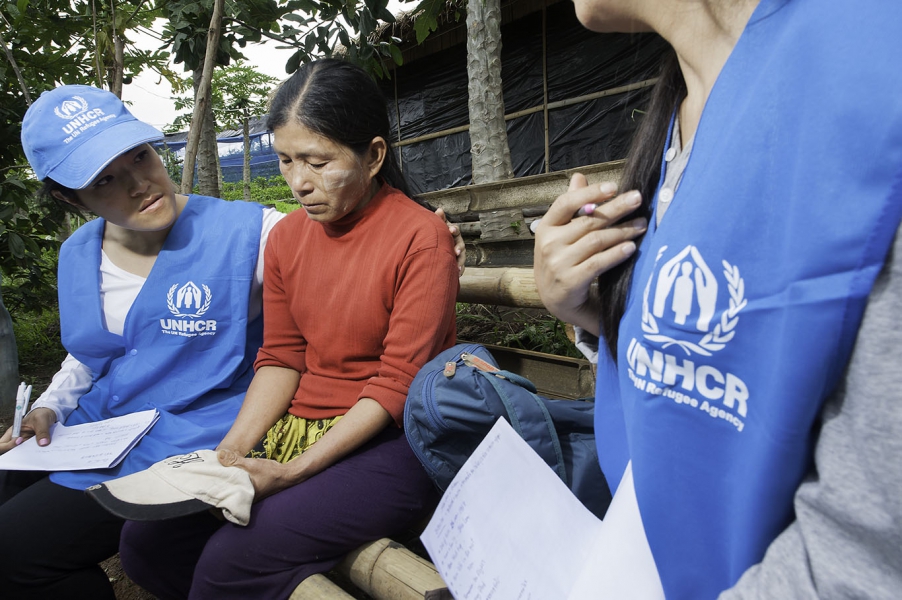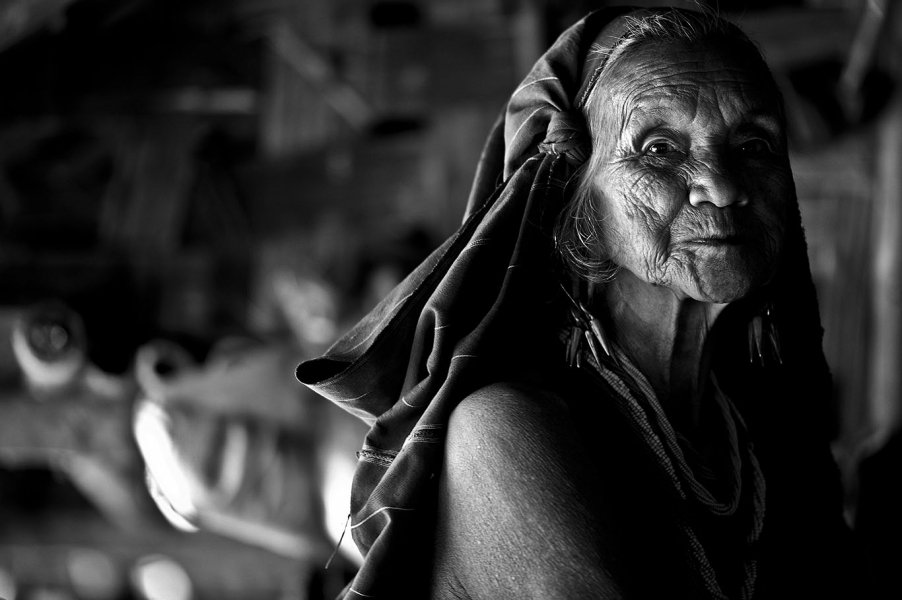
UNHCR Thailand
We have been working continuously with the government and NGOs in order to help and provide protection to refugees who live in refugee camp in Thailand by the invitation of Thai Government since 1975
UNHCR, present in Thailand since 1975, has helped the country meet the protection needs of successive massive influxes of refugees from Cambodia, Laos, Vietnam and Myanmar. Today, there are an 102,251 (30 April 2017) Myanmar refugees remaining in nine camps in four provinces along the Thai-Myanmar border, most of them Karen and Karenni ethnic minorities. The Thai Government runs all camps, with most assistance provided by non-governmental organizations (NGOs), while UNHCR focuses on protection activities and programmes to ensure that refugees live in safety and relative security within the camps.
UNHCR continues to advocate that refugees be given greater liberty to come and go from the nine camps, particularly to work in Thailand’s labour-short economy, and search for durable solutions.
With little realistic prospect that Myanmar refugees in the camps can go home soon, many expressed interest in resettlement to third countries. Since resettlement began in 2005, more than 80,000 refugees from Myanmar (and a small number from other countries) have been resettled from Thailand. The United States, Canada and Australia have all committed to accept large numbers of refugees from Thailand. Other resettlement countries are Finland, Great Britain, Ireland, the Netherlands, New Zealand, Norway and Sweden.
UNHCR also undertakes individual refugee status determination for urban asylum seekers and works jointly with the Royal Thai Government on the reduction of statelessness.
UNHCR has about 180 national and international staff working for the Thailand operation. Next to the Bangkok office, more than half our staff members work in field offices serving the refugee camps in Kanchanaburi, Mae Hong Son, Mae Sariang and Mae Sot.






